Remember those magical Saturday mornings? While still in pajamas, clutching a bowl of sugary cereal, we’d park ourselves in front of the television for hours of animated adventures. The colorful characters became our friends, their catchphrases part of our playground vocabulary, but few of us realized that a small group of incredibly talented voice actors brought dozens—sometimes hundreds—of these characters to life. These vocal chameleons were the unsung heroes who provided the soundtrack to our childhoods, often playing multiple roles across different shows without us ever knowing it was the same person.
1. Mel Blanc: The Man of 1,000 Voices
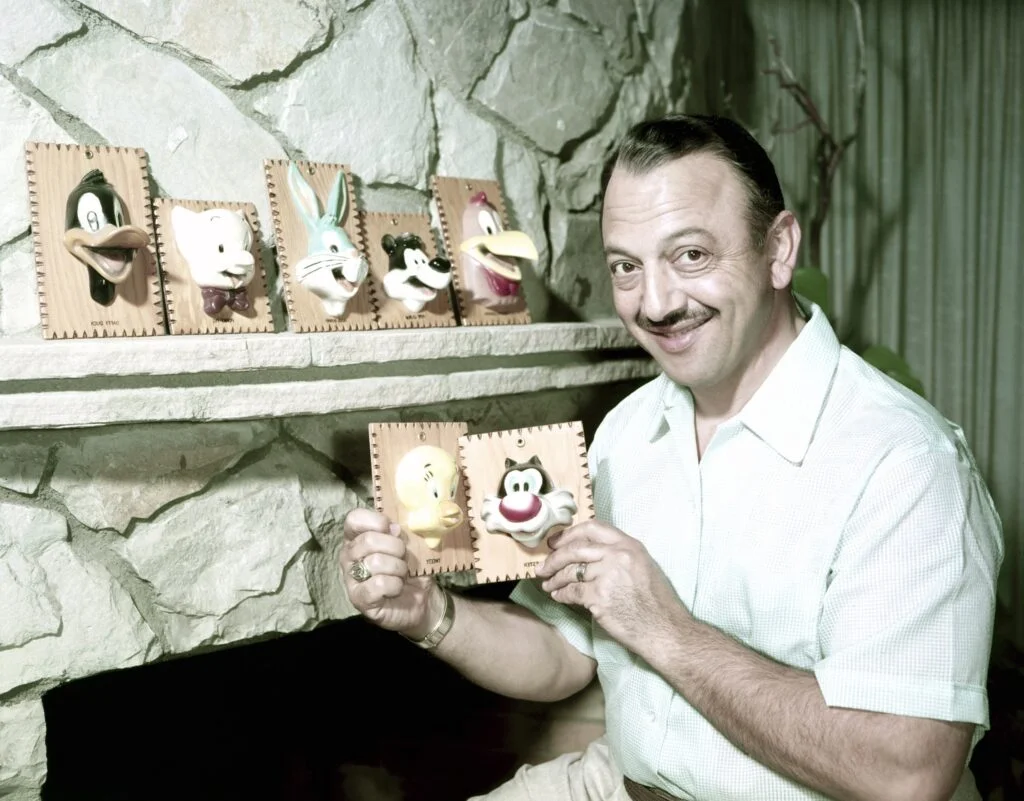
Known as “The Man of 1,000 Voices,” Mel Blanc was the vocal genius behind nearly every major Looney Tunes character, creating distinct personalities for Bugs Bunny, Daffy Duck, Porky Pig, Tweety Bird, Sylvester, Yosemite Sam, Foghorn Leghorn, and countless others. His versatility was legendary—the stuttering of Porky’s “That’s all folks!” couldn’t sound more different from Bugs Bunny’s confident “What’s up, Doc?” or Daffy’s lisping frustration. Blanc even continued recording from a hospital bed after a near-fatal car accident in 1961, showing his extraordinary dedication to these characters. MeTV also writes that Blanc wasn’t just a voice actor but also a hero to those who would come after in the profession.
What makes Blanc truly remarkable was his ability to have conversations between his characters, seamlessly switching between voices during a single recording session without missing a beat. His commitment to authenticity included physically embodying each character while recording—standing tall for Bugs Bunny, crouching for Tweety, or tensing his throat for Yosemite Sam. Blanc’s dedication to his craft extended to his gravestone, which truly bears the immortal Porky Pig sign-off: “That’s All Folks!”
2. June Foray: The First Lady of Animation
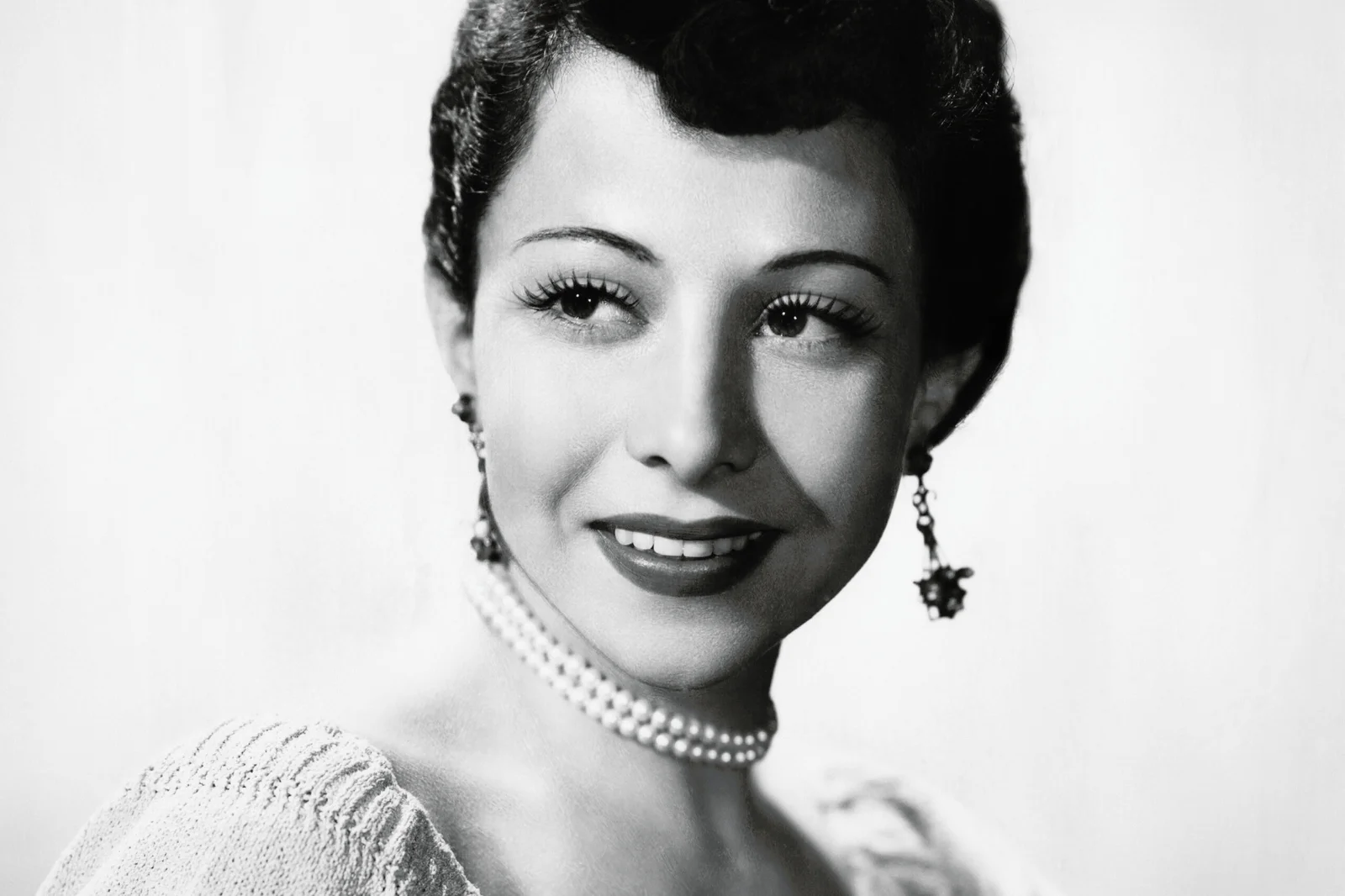
Though she stood just under five feet tall, June Foray was a giant in animation, voicing Rocky the Flying Squirrel, Natasha Fatale, Witch Hazel, Cindy Lou Who, and hundreds of other characters across a career spanning nearly eight decades. Her most recognizable role might be as Rocky from “The Rocky and Bullwinkle Show,” where her boyish enthusiasm and optimism made the little squirrel an enduring hero for generations. Foray’s remarkable range allowed her to seamlessly transition from sweet grandmotherly types to sinister witches—sometimes within the same show. Indeed, NPR asserts that no matter the nature of the character, June’s voice itself was a comfort to hear in any project.
What many don’t know is that Foray was also Mattel’s original Chatty Cathy doll voice, before ironically playing the murderous “Talky Tina” doll in a famous Twilight Zone episode that gave countless children nightmares. She continued working well into her 90s, finally winning her first Emmy at age 94 for her role as Mrs. Cauldron on “The Garfield Show,” proving that vocal talent only improves with age. Foray wasn’t just prolific—she was a fierce advocate for animation as an art form, playing a key role in establishing the Annie Awards and pushing for animated films to be recognized by the Academy Awards.
3. Daws Butler: Hanna-Barbera’s Secret Weapon
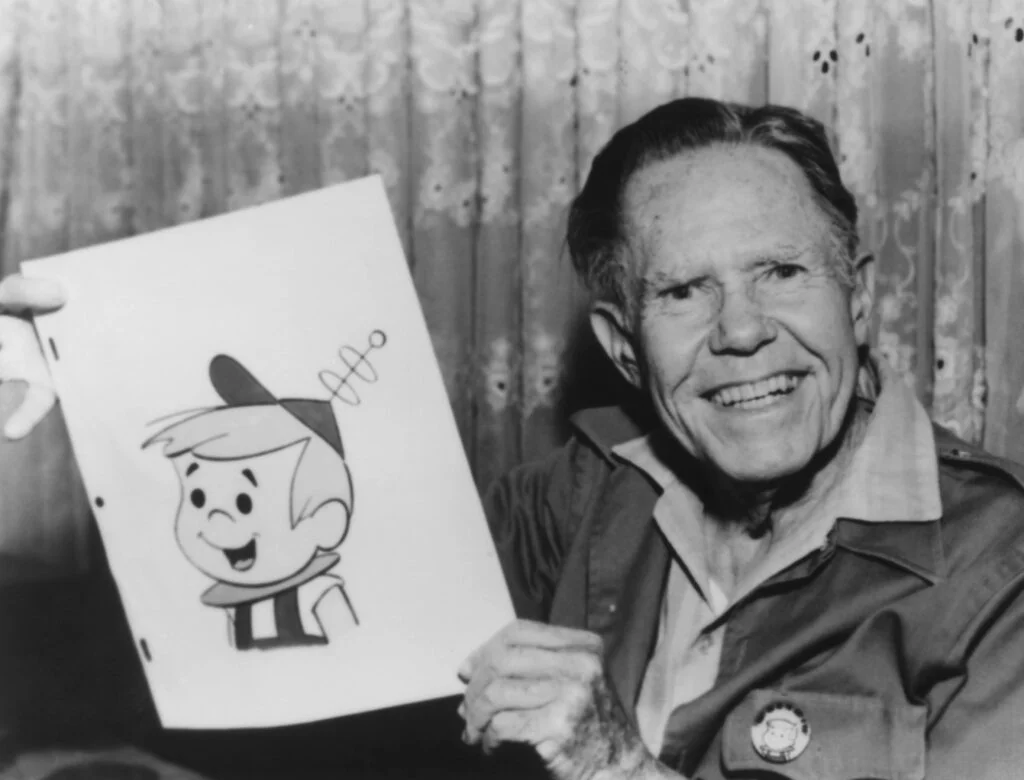
If you grew up with Hanna-Barbera cartoons, Daws Butler’s voices were your Saturday morning companions, as he created the distinctive sounds of Yogi Bear, Huckleberry Hound, Quick Draw McGraw, Snagglepuss, and dozens more. His theatrical “Heavens to Murgatroyd!” as the pink mountain lion Snagglepuss and Yogi’s “Smarter than the av-er-age bear!” became cultural catchphrases that far outlasted their original shows. Butler’s background in radio gave him perfect timing and an uncanny ability to create memorable character voices that still resonate decades later. Cartoon Brew reported on an audio collection made up entirely of Butler’s work.
What made Butler extraordinary was how he developed complete personalities behind each voice, giving writers rich characters to work with rather than just funny sounds. He mentored numerous voice actors who would become stars in their own right, including Nancy Cartwright (the voice of Bart Simpson), who has often cited Butler as her most important teacher and influence. Butler’s contributions to animation went far beyond just providing voices—he often contributed to scripts and character development, making him an invaluable creative partner in the golden age of television animation.
4. Don Messick: The Essential Sidekick

Don Messick provided the perfect counterbalance to his frequent collaborator Daws Butler, voicing Boo-Boo Bear to Butler’s Yogi, Ranger Smith, Bamm-Bamm Rubble, and perhaps most famously, Scooby-Doo. His gentle, slightly nervous approach to Scooby-Doo’s speech pattern created one of animation’s most enduring characters, with the great Dane’s “Ruh-roh!” and “Scooby-Dooby-Doo!” immediately recognizable worldwide. Messick’s talent for animal sounds and effects made him indispensable during an era when electronic sound effects weren’t readily available.
Behind the scenes, Messick was known for his incredible reliability and consistency, able to reproduce the exact same character voice take after take, year after year. His versatility allowed him to voice both the diminutive alien Astro from “The Jetsons” and the scheming villain Dick Dastardly’s sidekick Muttley, whose distinctive wheezing laugh became one of animation’s most copied sounds. Messick’s collaboration with Joseph Barbera and William Hanna helped build their animation empire, with his voice work appearing in nearly every major Hanna-Barbera production for decades.
5. Janet Waldo: The Voice of Teenage America
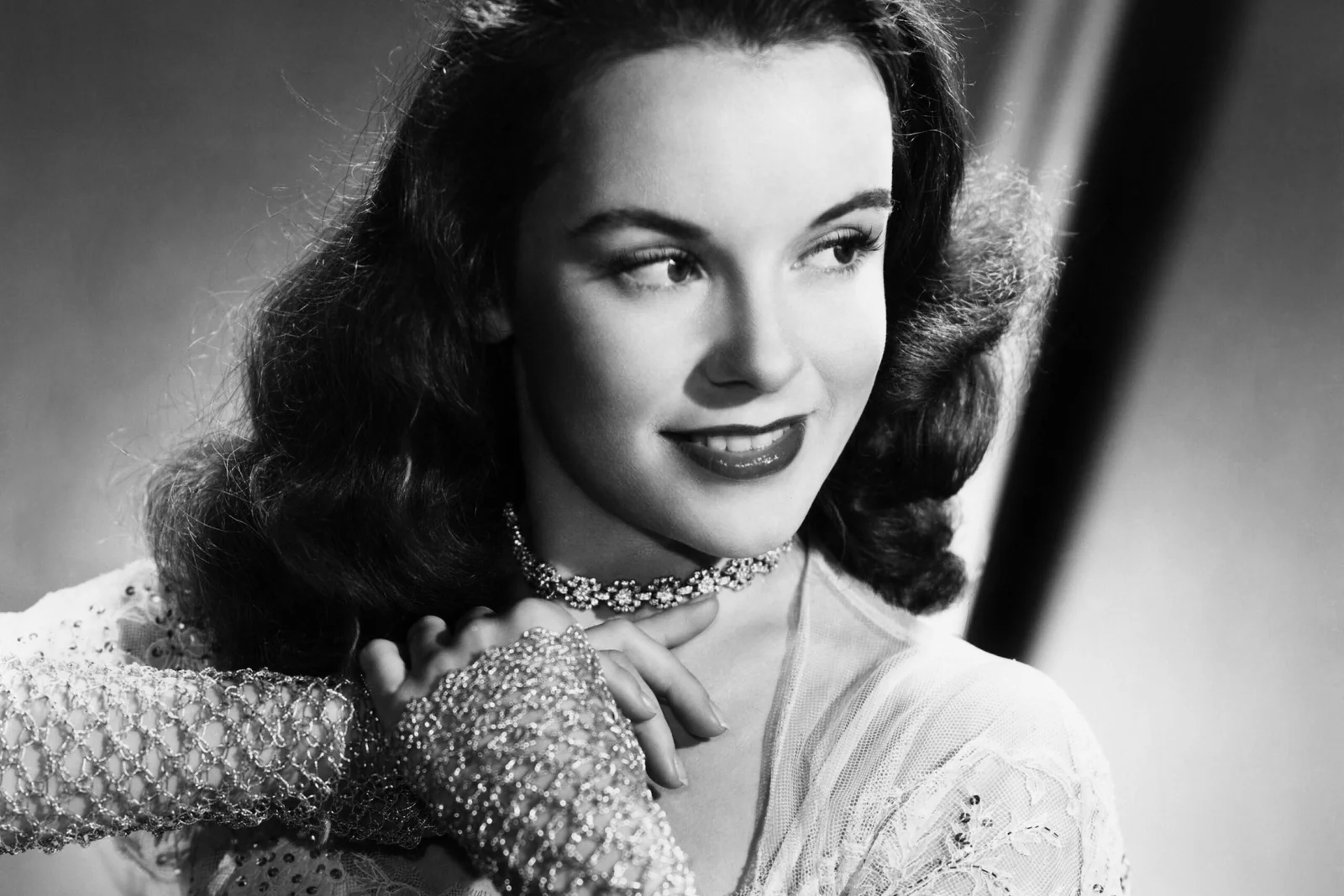
Janet Waldo’s perky, energetic voice defined the animated teenage girl for generations as Judy Jetson in “The Jetsons,” Josie in “Josie and the Pussycats,” and Penelope Pitstop in “Wacky Races.” Her infectious laugh and perfect teen inflections captured the essence of youthful enthusiasm long before the term “valley girl” entered our vocabulary. Waldo had the remarkable ability to sound perpetually 16 years old well into her senior years, voicing Judy Jetson from 1962 all the way to the 1990 Jetsons movie (though she was ultimately replaced in the film, causing considerable controversy).
What made Waldo special was how she infused her characters with genuine warmth and personality beyond the stereotypical teenage girl characters often written in that era. Her performance background (she had starred opposite Tim Holt in western films and worked with Lucille Ball in radio) gave her perfect timing and the ability to make even ridiculous sci-fi scenarios feel emotionally grounded. Waldo’s contribution to animation history extends beyond her performances—she helped establish the template for how animated teenage girls would sound for decades to come.
6. Paul Frees: The Ghost Host
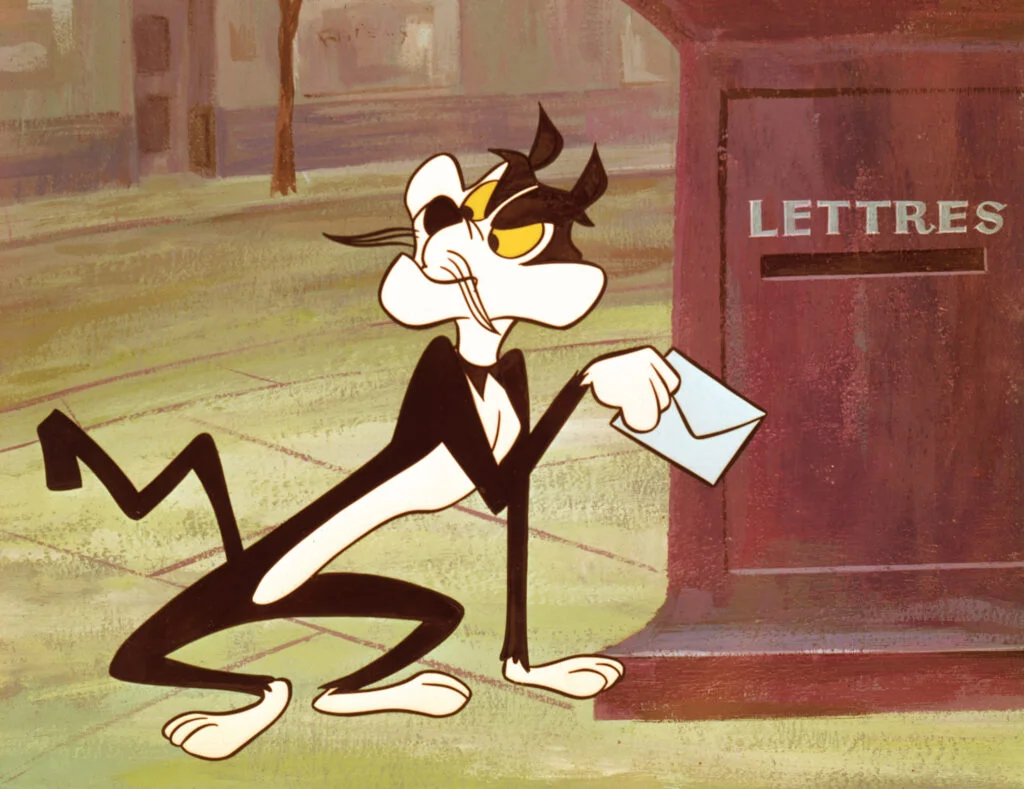
One of the most versatile voices in animation history, Paul Frees could do everything from the sinister Boris Badenov in “Rocky and Bullwinkle” to the jolly Ludwig Von Drake for Disney. His rich baritone also welcomed millions of Disneyland visitors as the “Ghost Host” in the Haunted Mansion ride, proving his voice was instantly recognizable even without a visual character attached. Frees provided multiple voices for “The Rocky and Bullwinkle Show,” often recording entire scenes by himself, seamlessly switching between characters.
Beyond cartoons, Frees was the voice behind numerous commercial characters including the original Pillsbury Doughboy and the Little Green Sprout for Green Giant vegetables. His uncanny ability to mimic celebrities made him the go-to voice artist when studios needed to replace an actor or provide a voice match, including standing in for Humphrey Bogart and Peter Lorre in various projects. Frees’ work ethic was legendary—in a single day, he might record a villain for one studio, a kindly grandfather for another, and finish with narration work, each character sounding nothing like the others.
7. Frank Welker: The Voice You Never Knew You Knew
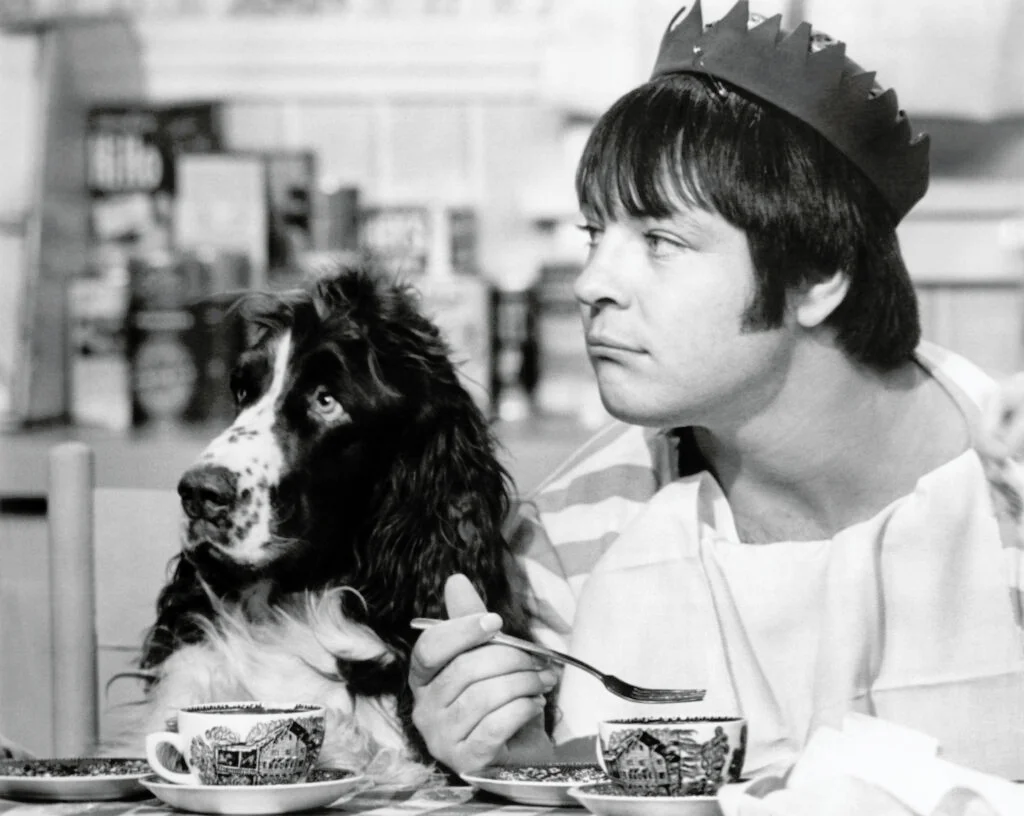
Though his face might not be familiar, Frank Welker’s voice work appears in more blockbuster films than any other actor in Hollywood history, beginning his career with characters like Scooby-Doo’s Fred Jones and Megatron from “The Transformers.” His specialty became creature and animal vocalizations, providing the sounds for Abu the monkey in “Aladdin,” Nibbler on “Futurama,” and countless others across nearly six decades in the industry. Welker’s incredible range allowed him to voice both heroic characters and villains across multiple franchises, sometimes in the same show.
What truly sets Welker apart is his unmatched ability to create animal and creature sounds using only his voice, from the purring of cats to the roars of monsters. His vocal contributions to “Gremlins,” “Aladdin,” and countless other films often go uncredited, despite being crucial to bringing non-human characters to life. Welker holds the remarkable distinction of having appeared in over 100 different theatrical films that have collectively grossed more than $16 billion worldwide, making him arguably the most successful actor in Hollywood from a box office perspective—all without showing his face.
8. Alan Reed: The Modern Stone Age Father
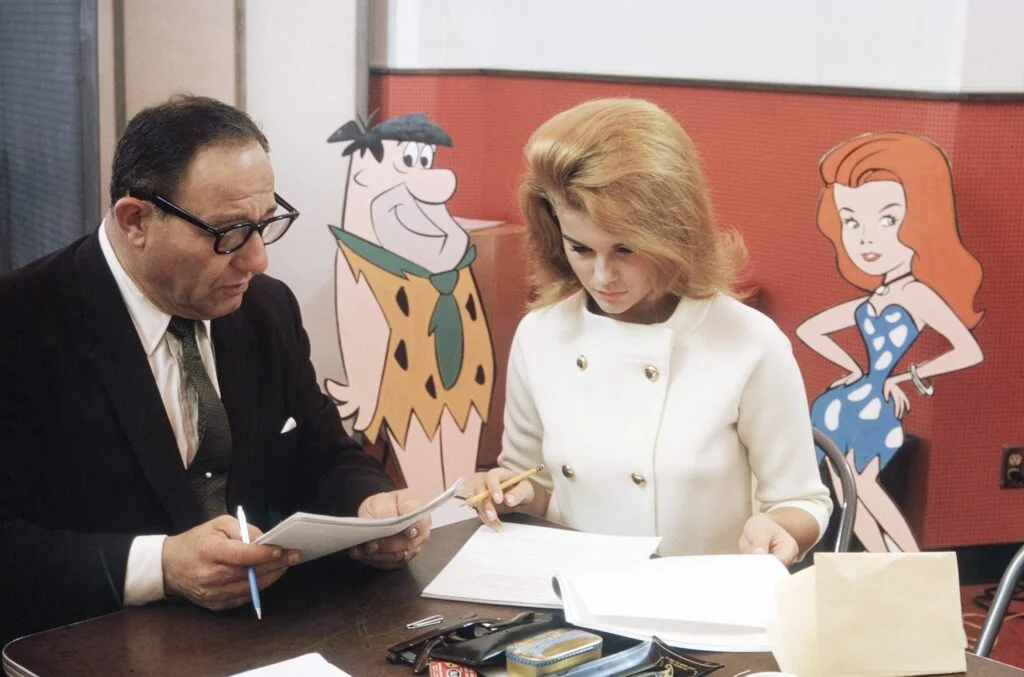
As the voice of Fred Flintstone, Alan Reed created one of television’s most enduring characters, his gravelly “Yabba Dabba Doo!” becoming an instantly recognizable catchphrase across generations. Reed’s background in radio and legitimate theater brought weight and perfect timing to the prehistoric patriarch, allowing him to find both humor and heart in the character across six seasons and numerous specials. The famous catchphrase was actually Reed’s own improvisation—the script called for a simple “Yahoo!” but Reed suggested the more memorable alternative that became animation history.
Behind the scenes, Reed contributed significantly to Fred’s development, drawing inspiration from Jackie Gleason’s Ralph Kramden character but adding his own distinct personality touches. His theatrical training allowed him to convey Fred’s bombastic frustration and tender moments with Pebbles with equal conviction. Though Fred Flintstone would become his signature role, Reed’s versatility showed in his numerous other voice performances, including spot-on dialects and character voices for radio dramas and animated projects throughout his career.
9. Jean Vander Pyl: The First Lady of Bedrock
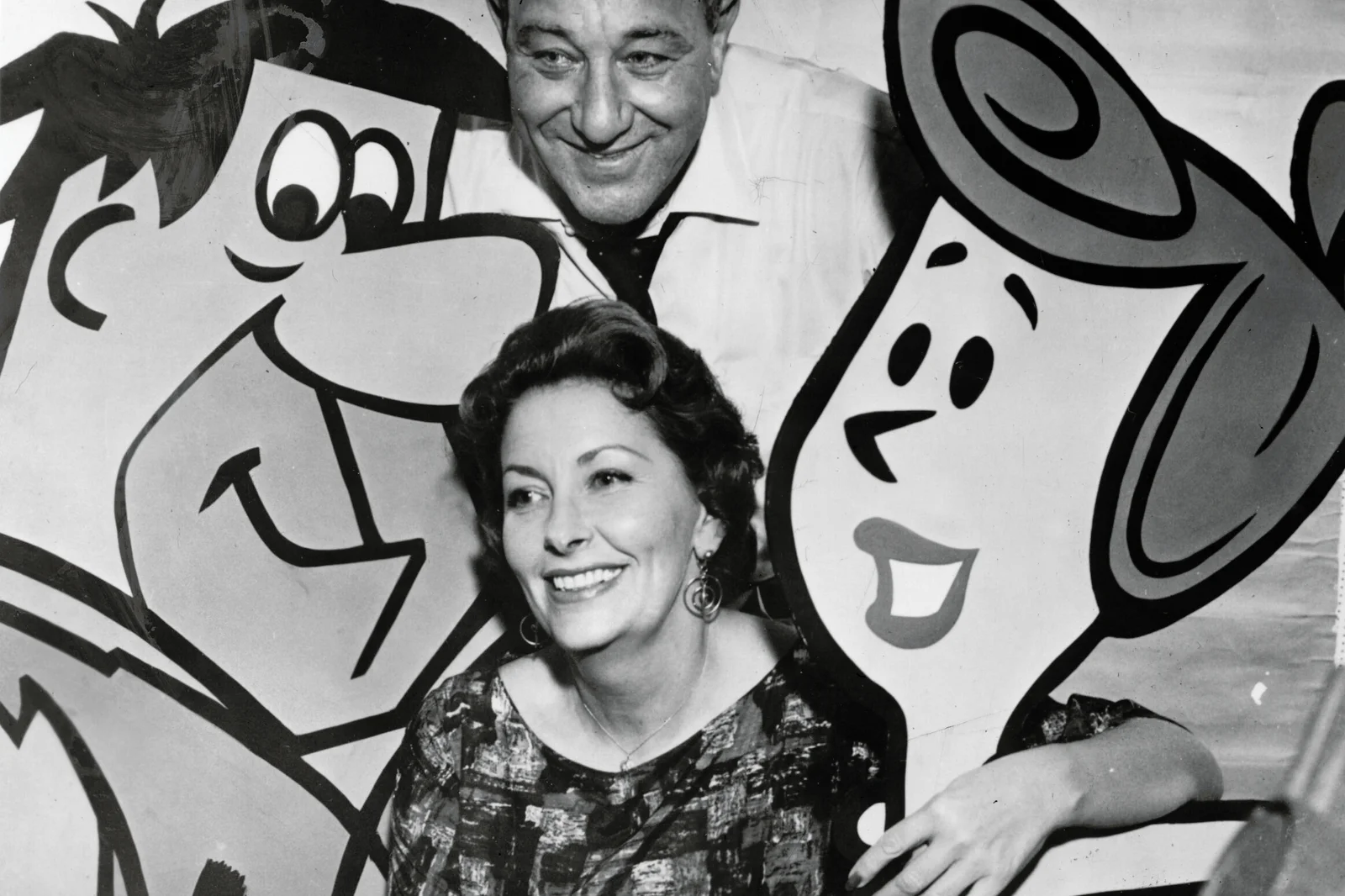
Bringing both Wilma Flintstone and Rosie the Robot from “The Jetsons” to life, Jean Vander Pyl created two of animation’s most beloved female characters with distinctly different personalities and vocal styles. Her warm, slightly scratchy voice gave Wilma the perfect blend of patience and exasperation needed for dealing with Fred’s schemes, while her mechanical delivery as Rosie added heart to what could have been a one-note robot character. Vander Pyl remained with both characters throughout their entire runs, providing remarkable consistency across decades.
What many viewers never realized was that Vander Pyl also voiced Pebbles as a baby, creating the adorable coos and giggles that made the stone-age infant an instant hit. Beyond her Hanna-Barbera work, Vander Pyl had a significant career in radio dramas before television animation, bringing that medium’s attention to vocal detail and timing to her animated characters. Despite voicing characters that appeared in living rooms across America for decades, Vander Pyl once noted that she made more money doing a single Rosie the Robot floor cleaner commercial than from all her episodes of “The Jetsons” combined.
10. Bill Scott: The Brain Behind Bullwinkle
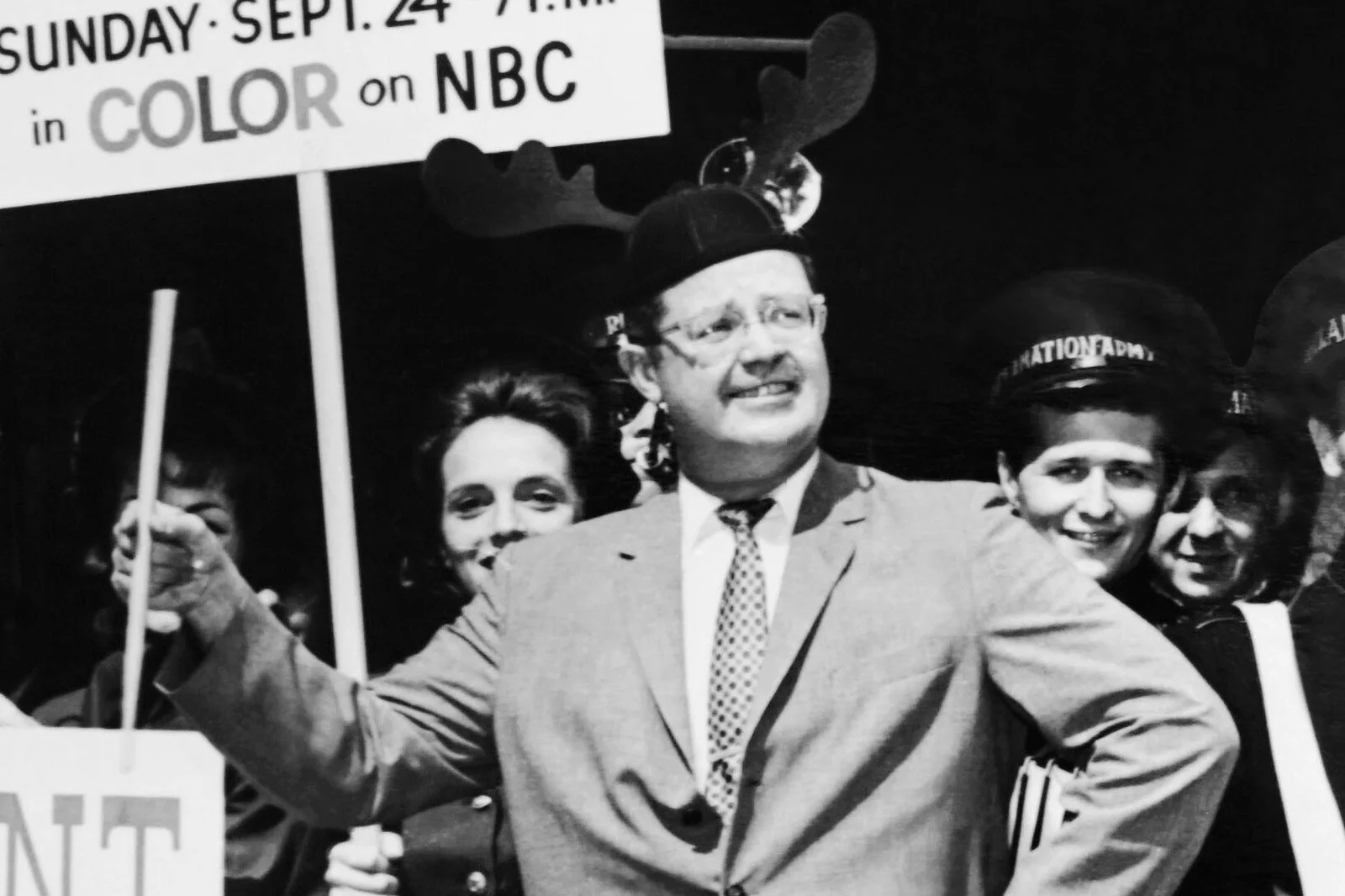
As both the voice of Bullwinkle J. Moose and a head writer for “Rocky and Bullwinkle,” Bill Scott shaped not just how the lovable moose sounded but the entire world he inhabited. His slightly dopey but endearing performance created the perfect counterpart to June Foray’s optimistic Rocky, with catchphrases like “Hey Rocky, watch me pull a rabbit out of my hat!” becoming playground staples. Beyond Bullwinkle, Scott voiced Dudley Do-Right and Mr. Peabody, giving each character a distinctive personality that belied the fact they came from the same actor.
What made Scott truly special in animation history was his dual role as performer and creative force, helping establish Jay Ward Productions’ distinctive satirical style that appealed to children and adults simultaneously. His writing team pioneered sophisticated humor in children’s animation, filling their shows with puns, cultural references, and gentle satire that rewarded repeat viewing. Scott’s influence extended far beyond his own performances, as he helped develop and cast other voice actors, shaping the sound of animation during a critical period in the medium’s development.
Long after Saturday morning cartoon blocks disappeared from network television, these iconic voices remain embedded in our collective memory—their characters and catchphrases as familiar as old friends. The true magic of these voice acting legends wasn’t just their versatility or their distinctive character creations, but how they made us believe in animated worlds where rabbits outsmarted hunters, modern stone age families drove foot-powered cars, and talking bears were smarter than the average picnic basket thief. Next time you revisit these classic cartoons, listen a little more carefully—you might be surprised to discover just how many of your childhood heroes were brought to life by the same remarkable voices.


